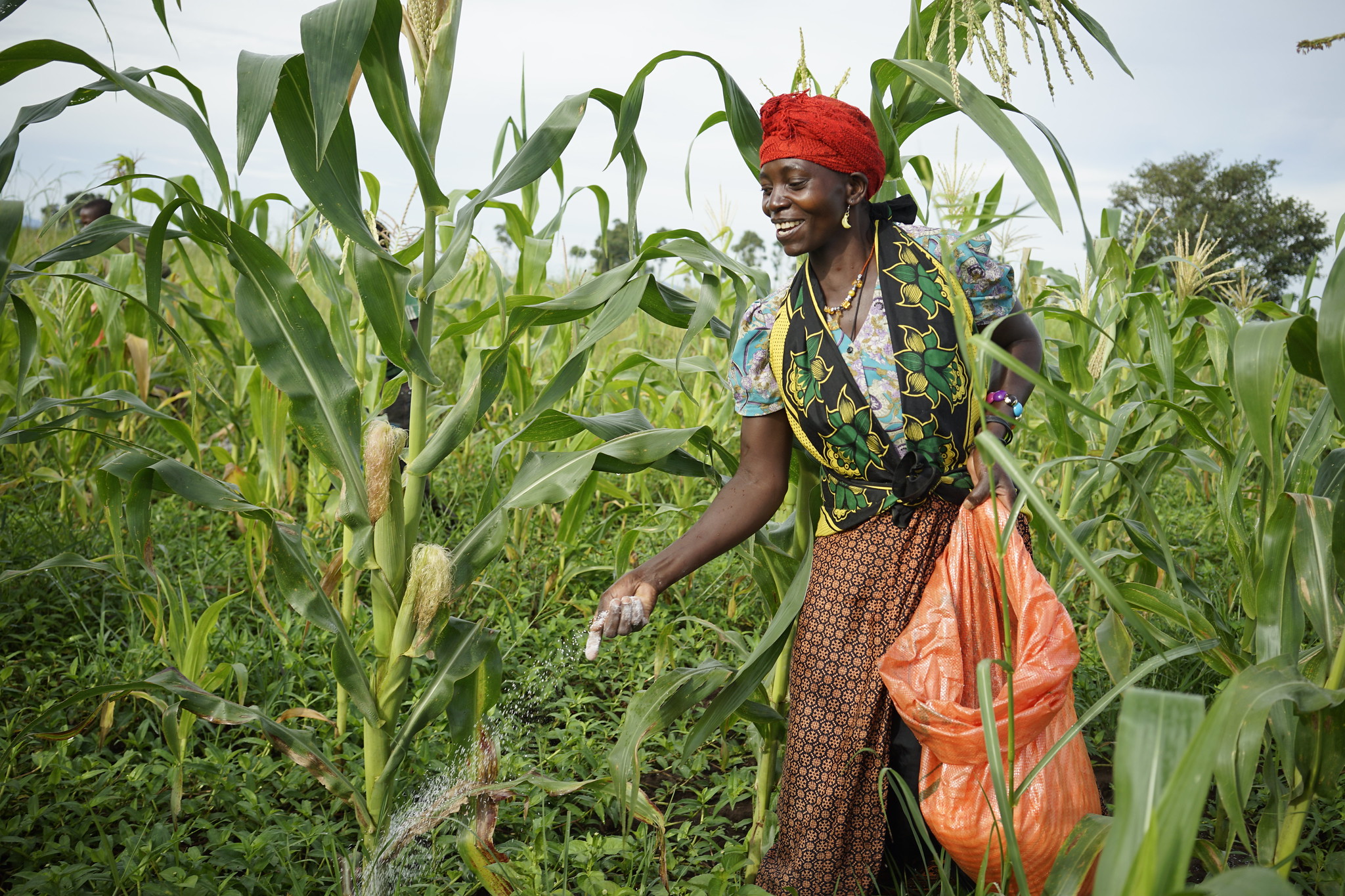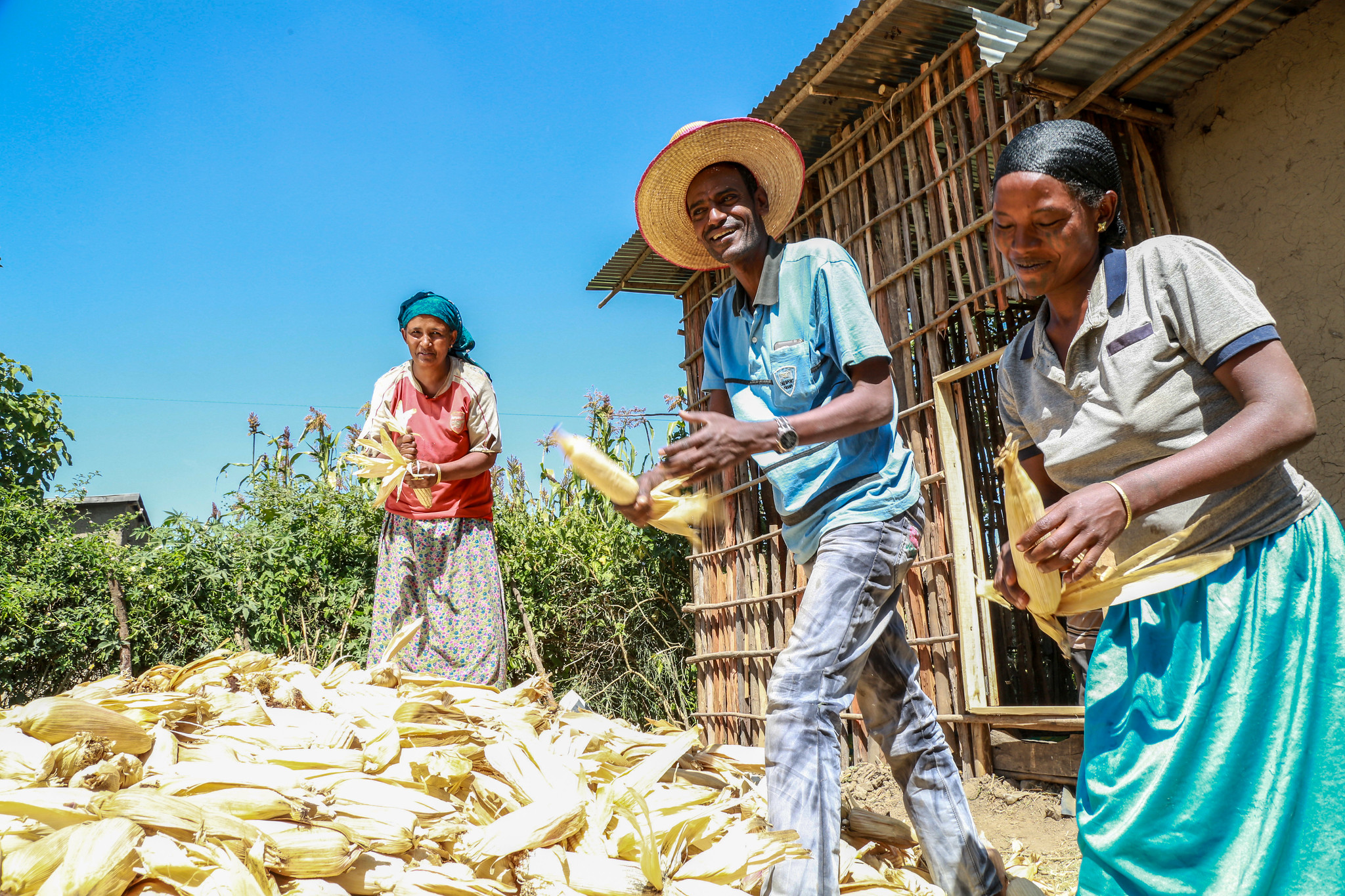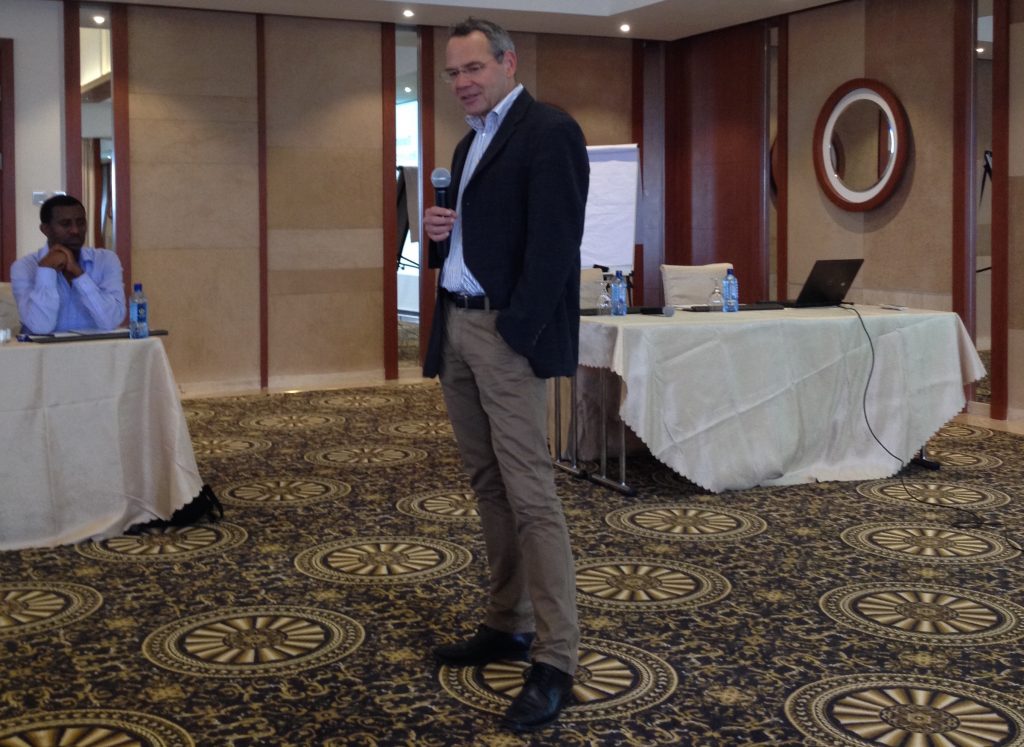
Gideon Kruseman is CIMMYT’s ex-ante and foresight specialist.
The potential impact of climate change on agriculture and the complexity of possible adaptation responses require the application of new research methods and tools to develop adequate strategies. At a recent five-day training workshop titled “Crop and Bio-economic Modeling under Uncertain Climate,” scientists applied crop and bio-economic models to estimate biophysical and economic impacts of climate variability and change.
Crop system modeling is used to simulate yields for specific weather patterns, nutrient input levels and bio-economic household modeling involves using quantitative economic methodology to incorporate biological, chemical and/or physical processes to analyze the impact of technology development, policy interventions and such exogenous shocks as extreme weather events on the decision-making processes of smallholder farmers and related development indicators. Events influence results in two ways: the probability of occurrence will shape decision-making and actual occurrence will shape realized results.
During the training, which was organized and hosted by the International Maize and Wheat Improvement Center (CIMMYT), which took place in November in Kenya’s capital, Nairobi, scientists examined how technology development and policy or development interventions may influence farm household decisions on resource allocation and cropping patterns.
The training was beneficial due to its “holistic approach to solve smallholder agricultural production problem using decision support tools,” said Theodrose Sisay from the Ethiopian Institute of Agricultural Research.
Attendees learned in practical terms how shifting weather patterns will change farmer perception of the probability of occurrence of extreme events, which may influence subsequent cropping patterns and technology choices. Cropping system models shed light on the effects of different weather patterns on crop yields under varying management practices. Bio-economic household modeling then places those results in the context of smallholder livelihood strategies.
Bio-economic household model results demonstrated the conditions under which cropping patterns are likely to change as a result of resource constraints and household preferences. The analysis illustrated how cropping patterns may shift as a result of climate change:
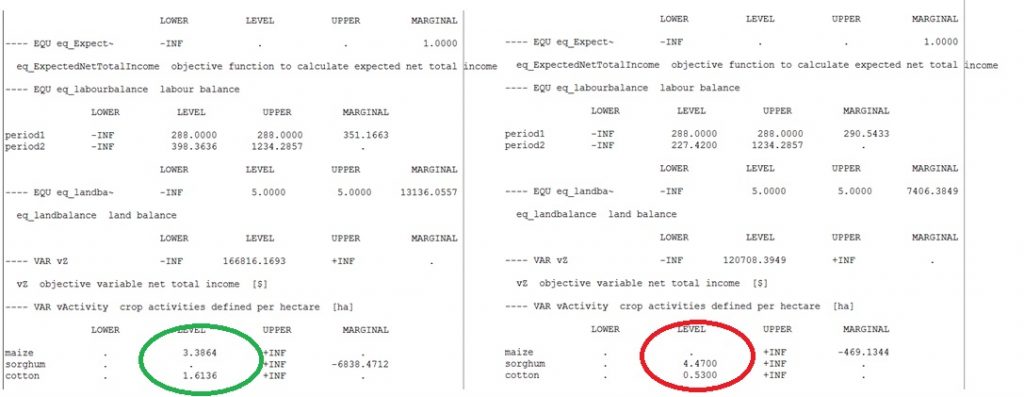
Before climate change. After climate change.
Figure: comparison of model results of climate change scenarios
The workshop was organized under the Global Futures & Strategic Foresight (GFSF) project and the “Flagship 1” component of the CGIAR Research Program on Policies, Institutions, and Markets (PIM), which in part explores global and regional foresight modeling tools.
Participants included representatives of the Association for Strengthening Agricultural Research in Eastern and Central Africa (ASARECA) and West and Central Africa Council for Agricultural Research and Development (CORAF), as well as researchers from agricultural research institutes and universities from Benin, Ethiopia, Kenya, Niger, Nigeria, Senegal and Uganda.
This was the third and last of a series of training workshops offered to same group of trainees since 2014. Not only did the 16 participants learn how to apply crop and bio-economic models allowing them to estimate biophysical and economic impacts of climate variability and change, but they also learned how to assess different adaptation options.
The tools they worked with included the Decision Support System for Agrotechnology Transfer (DSSAT), and a bio-economic household model using Gtree with the general algebraic modeling system (GAMS). The training involved plenary discussions, group work, and individual hands-on exercises.
The training program served as a refresher course on GAMS, said Janvier Egah, a socio-economist from Benin.
“Over time, I had forgotten everything,” he added. “With this training, I remembered the notions of the past course and learned new concepts such as integrating the costs of climate change in bio-economic models. These models interest me particularly and I want to write and submit proposals to apply them.”
The participants came with their own input data for the DSSAT cropping system model and learned how to calibrate the model. The participants developed climate change scenarios, ran simulations and interpreted the simulation outputs using graphical and statistical interfaces.
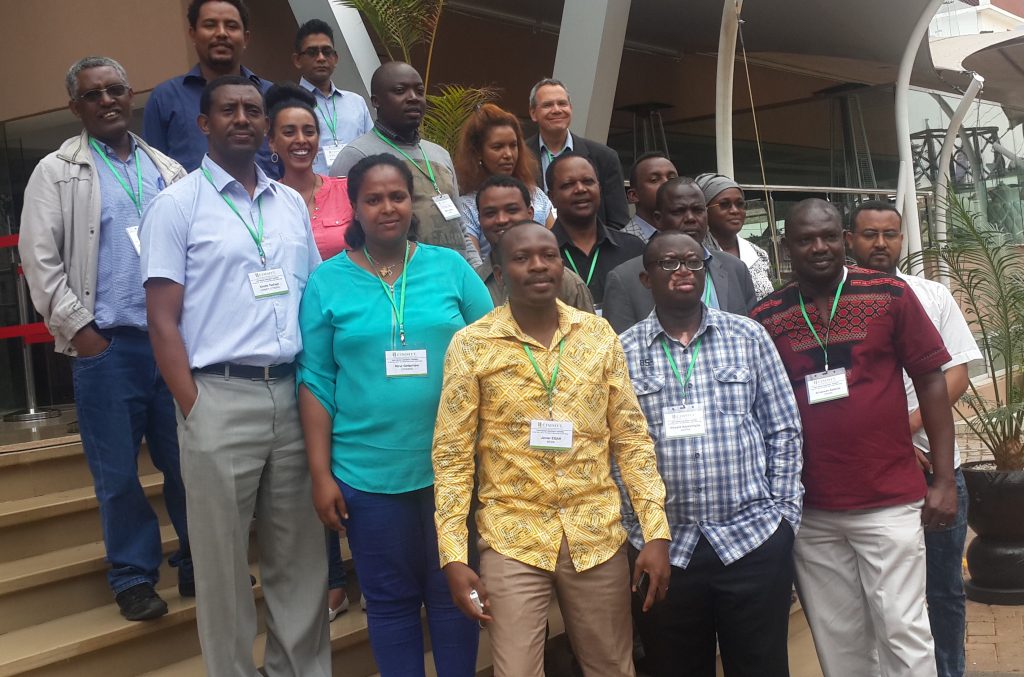
The participants, who have worked together in these workshops on three different occasions, indicated a strong willingness to continue collaborating after the conclusion of the project. They took steps to develop a concept note for a collaborative research grant with a major component related to the use of crop and bio-economic models.
The workshop had a stronger component related to the economic analysis of household decision-making than previous training sessions, and trainees used simulation models based on mathematical programming techniques.
At the conclusion of the workshop, participants expressed interest in pursuing further analysis of this type in the future as a complement to crop growth modelling.
 Climate adaptation and mitigation
Climate adaptation and mitigation 